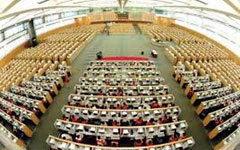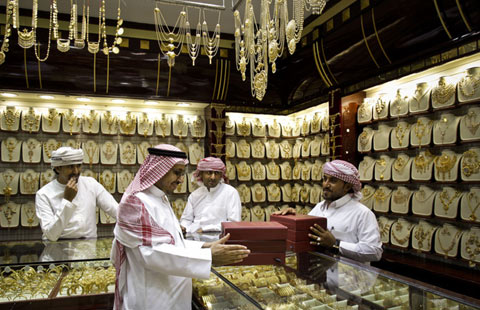Financial market reform on track
By Alan Cloete (China Daily) Updated: 2014-05-13 13:47First, China needs to put more policies in place to support the increased use of the renminbi in trade settlement. Second, the development of the offshore renminbi market must remain a priority, and ensuring sufficient renminbi liquidity provision is key. But most importantly, it is capital account liberalization that is critical to the internationalization of the renminbi.
Without it, according to our analysts, the Chinese currency can only achieve less than 10 percent of its potential. Currently, the openness of China's domestic capital market is only about 3 percent compared with 10-30 percent in most emerging market economies, and we believe that China can afford to permit a significantly increased portfolio inflow into the domestic capital market for the next few years without endangering its macroeconomic stability.
 |
 |
The risks of the renminbi's internationalization and the development of an offshore market to China's domestic macroeconomic and financial stability - including their impact on money supply, foreign exchange reserves, interest rates, the exchange rate and the external balance sheet - are quantifiable and manageable in the coming few years.
At present, the most important item on the economic reform agenda is to complete the reform of the financial sector. The key policy measure, it appears, is the introduction of deposit insurance. This should formalize the growing recognition among depositors that not all financial products are guaranteed.
Besides, China's interest rate liberalization has been an orderly process and we believe it will continue on the path toward full-scale interest rate liberalization. We expect to see the development and popularization of the usage of certificates of deposits and gradual relaxation of the deposit rate ceiling, paving the way to complete liberalization of deposit rates, and gradually transiting the monetary policy framework to one which combines an interest-rate-targeting framework for the short term with aggregate money-supply-growth-targeting framework over the medium to long term.
With still some way to go, the progress till date, however, should give market observers and players considerable reason for confidence that the reform and liberalization process is well on track.
The author is co-CEO of Deutsche Bank for Asia Pacific and member of the group executive committee.
- Silk Road economic belt highlights China-EU cooperation
- China CNR IPO could raise up to $1.42 billion
- Increase in port activity portraying a positive trade picture
- Foreign developers seek partners, clients in China
- Singapore investment favors Sichuan capital
- Understanding shoppers' needs is vital
- China's young migrant workers better educated: report
- Joint venture on road to success in minibus market















